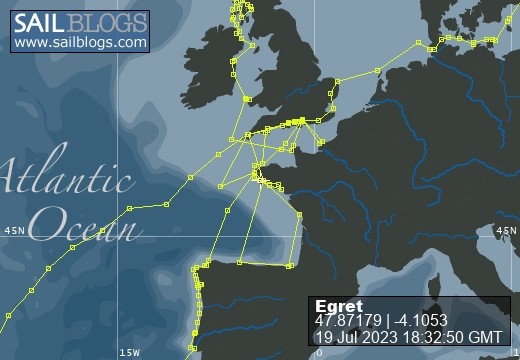
Egret
09 August 2022 | Picture: The Sunk Inner Light Vessel in the Thames Estuary
03 August 2022 | Egret at the Royal Norfolk and Suffolk Yacht Club, Lowestoft
23 July 2022 | Picture: One of the smaller locks at Holtenau
20 July 2022 | Picture: Patrick reminiscing with Juergen at Rostock
11 July 2022 | Picture: Egret at Stralsund, with the barque Gorch Fock beyond
04 July 2022 | Picture: Amanda on Bornholm
01 July 2022 | Picture: Kristianopol, with Egret at far right
26 June 2022 | Ernemar
19 September 2020 | Picture: Egret being lifted out at Ernemar, Sweden
08 September 2020 | Chart: our route from Mem into the Tjust Archipelago
01 September 2020 | Picture: the Carl Johans flight of seven locks
29 August 2020 | Picture: Egret (by G. Einefors)
27 August 2020 | Picture: Egret at Vadstena Castle
25 August 2020 | Picture: Norrkvarn Lock
23 August 2020 | Picture: Egret crossing Lake Vänern
19 August 2020 | Picture: Inside the lowest Trollhatte lock
17 August 2020 | Picture: The Gota Alv Bron in Gothenburg
16 August 2020 | Picture: the GKSS, Langedrag
13 August 2020 | Picture: Egret alongside (left) at Fisketangen
10 August 2019
91. Treasure Island
13 September 2013
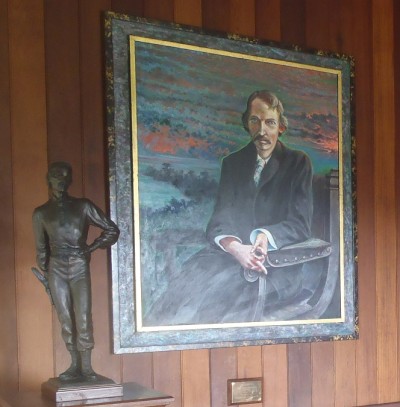
Samoa's most famous resident was the author Robert Louis Stevenson. After several seasons cruising through the South Pacific islands on a chartered schooner, he settled in Samoa in the hopes that it would relieve his tuberculosis. He built a large house at Vailima set in beautiful gardens and, in the five years that he lived there, established himself and his family as active and much loved members of the community. He was given the nickname "Tusitala", meaning "teller of tales". He had a high regard for the local population and was on familiar terms with kings, chiefs and the lowliest servants, as well as visiting diplomats and the officers and crews of European warships then stationed at Apia. Before visiting the house, we walked the trail up a steep hill to the site where Stevenson had chosen to be buried, clambering past fallen branches and minor land-slips along the way. The tomb is engraved with his valedictory poem, ending with the words: "Here he lies where he longed to be: Home is the sailor home from the sea: And the hunter home from the hill." The house, which after his death was sold to a German trader and was subsequently used as a government building, has now been restored, furnished and presented pretty much as Stevenson left it in 1894. In the library there are copies of all his works, including "Treasure Island" printed in almost every language imaginable. A portrait hangs in the living room which brings out his brooding stare, pinched features, long fingers and dandyish appearance, clearly portraying his underlying illness. We could understand how much he loved this place as we relaxed on the veranda overlooking the gardens, watching the rails pecking about the lawns.
It was fortunate that our visit to Samoa coincided with the annual Teuila Festival. The events centred on a temporary stage set up in front of the Town Hall, along with food tents and craft stalls. Huge crowds of local supporters turned up each night to mingle with the relatively small number of tourists. Most of the performances were contests between individuals, villages or church congregations, and all were free to watch. The festival opened on Sunday evening with evangelical choral performances. Monday night started with a rather incongruous performance of Argentinean tango by a group of foreign diplomats. They were followed by a professional troupe from Hawaii who performed somewhat irreverent routines demonstrating the variety of dance styles of the different islands of the Pacific. Next night was the final of the fire dancing competition, in which competitors have to twirl, toss and catch either one or two batons - flaming at each end - to the ever quickening beat of drummers. It looks tricky and potentially hazardous and is very exciting to watch. The dancers wear lava- lavas with grass gaiters and usually display a fine set of tattoos. The winner is the person judged by a panel to have performed a number of set-piece moves most stylishly, rapidly and without dropping a baton. It is a popular sport, and we'd seen young men practising on the streets. The competitions are hard fought as success gives an entrée to becoming a professional: performing at tourist venues with opportunities to travel overseas. After that, there was a competition between choirs and dancers accompanied by ukuleles, guitars and drums. Each group performed similar routines. The dances featured thigh and chest slapping by the men, arm and hand movements rather like the moves for "swing low, sweet chariot", and sitting cross-legged with arms swaying whilst bouncing around on their bottoms. Even the fattest boys danced energetically and surprisingly well. Some of the dances produced hoots of laughter amongst the local audience, although it wasn't always clear to us why! One obviously funny act featured a rather camp, glamorously dressed chief who strutted around with a machete, whilst the female conductor and choir took the mickey out of him - though what the plot was exactly we couldn't fathom out! Each day there were a variety of side shows such as tugs of war, a flower arranging competition and demonstrations of woodcarving and rug making.
Samoan life revolves around the villages, and all land is owned by extended family units, headed by a chief. A large church is invariably the focal point, brightly painted in white with details in primary colours. There will also be a Fale Fono - a covered platform where chiefs meet to discuss village affairs. Samoa stands alone amongst the islands we have visited in that they have retained their traditional form of house - called a fale. Each consists of a raised platform with a distinctive domed roof, rather like an upturned boat, supported on posts. There are no walls, and those at home during the day sit about the floor on rugs. All the furniture is stacked up, but presumably at night the beds would be arranged and blinds let down around the perimeter. The older homes are oval shaped and a few still have thatched roofs, but the newer ones are more likely to be rectangular and roofed in corrugated iron. Some of the wealthier people have built a modern bungalow next to their fale, but apparently then realise that they have to install air conditioning to keep it cool! The properties and boundary walls are often gaily painted and have colourful borders of flowering shrubs and neatly pruned fruit trees. As part of the Festival, there was a "Best Kept Village" competition taking place. Even the litter bins - wire baskets perched on stilts to prevent rats getting at them - were freshly painted.
We drove along the coast road around the eastern half of the island, passing beautiful beaches with palm trees leaning towards the gently breaking waves rolling across the blue lagoon within the reef. Ancient dug-out canoes lay upside-down on the grass above the water's edge. The land everywhere is incredibly green, and when you look closely at the trees they are almost all over-run with creeper or bindweed. Inland there are mountain ranges with high peaks and steep escarpments: much of the island is inaccessible by road. Fast- flowing streams with waterfalls run off the slopes into the valleys. Where the high ground meets the sea, the main road turns inland, but we continued along a narrow lane cut into the side of the slopes, with superb vistas in either direction. It took us through Sauno and on to Saletele - two remote communities nestling at the foot of valleys like Cornish fishing villages. Soon after however, the track became impassable by our hire car, so we had to turn back. After parking up for a picnic near the end of the island, we returned along the south coast road, where most of the resorts are located. We stopped for a refreshing swim in the pool below the Togitogiga Waterfall. Our final halt was beside the main road that transits the middle of the island: the viewpoint overlooking the Papapapai-Tai Falls, which plunge into a 100m deep gorge.
Back at Apia Harbour, a week-long paddling canoe regatta was taking place. Hauled up above a beach nearby we had seen a huge 40- man canoe: it's a shame it didn't take part. We sometimes saw a couple of race-horses out swimming with their trainers. The marina is backed by a number of restaurants which perhaps add a little to the ambience, but each broadcasts its own style of music, and at our berth we could hear all of them at the same time - quite a cacophony! At least they stopped at a reasonable time and we knew that Sundays would be quiet as everything would be closed. On the final Sunday morning we watched one of the races for the America's Cup on a TV screen set up by one of the Kiwi cruisers - their team were still well ahead at the time! Apart from sightseeing, we managed to carry out some routine maintenance including some sail repairs and an oil change. We stayed ten days in Samoa and wished we could have stayed longer.
It was fortunate that our visit to Samoa coincided with the annual Teuila Festival. The events centred on a temporary stage set up in front of the Town Hall, along with food tents and craft stalls. Huge crowds of local supporters turned up each night to mingle with the relatively small number of tourists. Most of the performances were contests between individuals, villages or church congregations, and all were free to watch. The festival opened on Sunday evening with evangelical choral performances. Monday night started with a rather incongruous performance of Argentinean tango by a group of foreign diplomats. They were followed by a professional troupe from Hawaii who performed somewhat irreverent routines demonstrating the variety of dance styles of the different islands of the Pacific. Next night was the final of the fire dancing competition, in which competitors have to twirl, toss and catch either one or two batons - flaming at each end - to the ever quickening beat of drummers. It looks tricky and potentially hazardous and is very exciting to watch. The dancers wear lava- lavas with grass gaiters and usually display a fine set of tattoos. The winner is the person judged by a panel to have performed a number of set-piece moves most stylishly, rapidly and without dropping a baton. It is a popular sport, and we'd seen young men practising on the streets. The competitions are hard fought as success gives an entrée to becoming a professional: performing at tourist venues with opportunities to travel overseas. After that, there was a competition between choirs and dancers accompanied by ukuleles, guitars and drums. Each group performed similar routines. The dances featured thigh and chest slapping by the men, arm and hand movements rather like the moves for "swing low, sweet chariot", and sitting cross-legged with arms swaying whilst bouncing around on their bottoms. Even the fattest boys danced energetically and surprisingly well. Some of the dances produced hoots of laughter amongst the local audience, although it wasn't always clear to us why! One obviously funny act featured a rather camp, glamorously dressed chief who strutted around with a machete, whilst the female conductor and choir took the mickey out of him - though what the plot was exactly we couldn't fathom out! Each day there were a variety of side shows such as tugs of war, a flower arranging competition and demonstrations of woodcarving and rug making.
Samoan life revolves around the villages, and all land is owned by extended family units, headed by a chief. A large church is invariably the focal point, brightly painted in white with details in primary colours. There will also be a Fale Fono - a covered platform where chiefs meet to discuss village affairs. Samoa stands alone amongst the islands we have visited in that they have retained their traditional form of house - called a fale. Each consists of a raised platform with a distinctive domed roof, rather like an upturned boat, supported on posts. There are no walls, and those at home during the day sit about the floor on rugs. All the furniture is stacked up, but presumably at night the beds would be arranged and blinds let down around the perimeter. The older homes are oval shaped and a few still have thatched roofs, but the newer ones are more likely to be rectangular and roofed in corrugated iron. Some of the wealthier people have built a modern bungalow next to their fale, but apparently then realise that they have to install air conditioning to keep it cool! The properties and boundary walls are often gaily painted and have colourful borders of flowering shrubs and neatly pruned fruit trees. As part of the Festival, there was a "Best Kept Village" competition taking place. Even the litter bins - wire baskets perched on stilts to prevent rats getting at them - were freshly painted.
We drove along the coast road around the eastern half of the island, passing beautiful beaches with palm trees leaning towards the gently breaking waves rolling across the blue lagoon within the reef. Ancient dug-out canoes lay upside-down on the grass above the water's edge. The land everywhere is incredibly green, and when you look closely at the trees they are almost all over-run with creeper or bindweed. Inland there are mountain ranges with high peaks and steep escarpments: much of the island is inaccessible by road. Fast- flowing streams with waterfalls run off the slopes into the valleys. Where the high ground meets the sea, the main road turns inland, but we continued along a narrow lane cut into the side of the slopes, with superb vistas in either direction. It took us through Sauno and on to Saletele - two remote communities nestling at the foot of valleys like Cornish fishing villages. Soon after however, the track became impassable by our hire car, so we had to turn back. After parking up for a picnic near the end of the island, we returned along the south coast road, where most of the resorts are located. We stopped for a refreshing swim in the pool below the Togitogiga Waterfall. Our final halt was beside the main road that transits the middle of the island: the viewpoint overlooking the Papapapai-Tai Falls, which plunge into a 100m deep gorge.
Back at Apia Harbour, a week-long paddling canoe regatta was taking place. Hauled up above a beach nearby we had seen a huge 40- man canoe: it's a shame it didn't take part. We sometimes saw a couple of race-horses out swimming with their trainers. The marina is backed by a number of restaurants which perhaps add a little to the ambience, but each broadcasts its own style of music, and at our berth we could hear all of them at the same time - quite a cacophony! At least they stopped at a reasonable time and we knew that Sundays would be quiet as everything would be closed. On the final Sunday morning we watched one of the races for the America's Cup on a TV screen set up by one of the Kiwi cruisers - their team were still well ahead at the time! Apart from sightseeing, we managed to carry out some routine maintenance including some sail repairs and an oil change. We stayed ten days in Samoa and wished we could have stayed longer.
Comments
| Vessel Name: | Egret |
| Vessel Make/Model: | Sweden Yachts 390 |
| Hailing Port: | Chichester Harbour |
| Crew: | Patrick & Amanda Marshall |
Egret's Photos - Main
R.jpg) |
The Gota River, Trollhatte Canal, Lakes Vanern & Vattern and the Gota Canal
2 Photos | 9 Sub-Albums
Created 30 September 2020
|
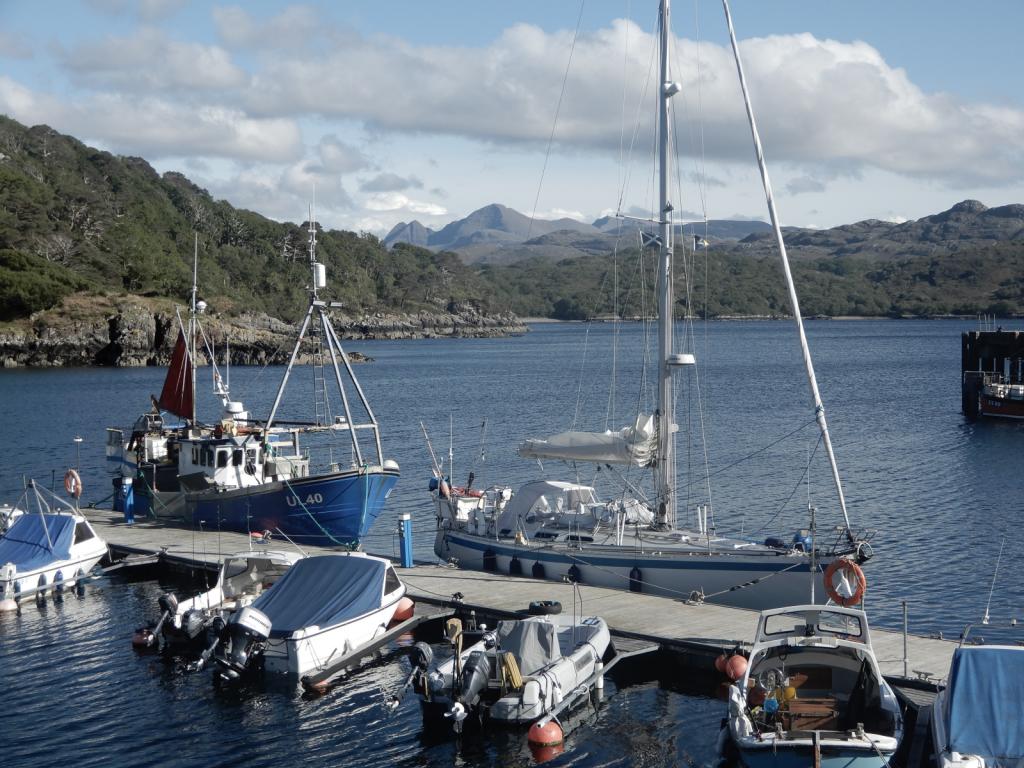 |
The Inner and Outer Hebrides, Orkney, Fair Isle, Shetland, Norway and Sweden's west coast.
1 Photo
Created 14 November 2019
|
|
Normandy, Scilly, Pembrokeshire, Ireland, Isle of Man, Northern Ireland, Inner Hebrides and the Crinan Canal.
1 Photo
Created 14 November 2018
|
Egret
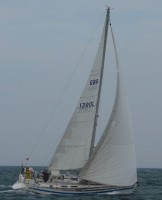
Who: Patrick & Amanda Marshall
Port: Chichester Harbour

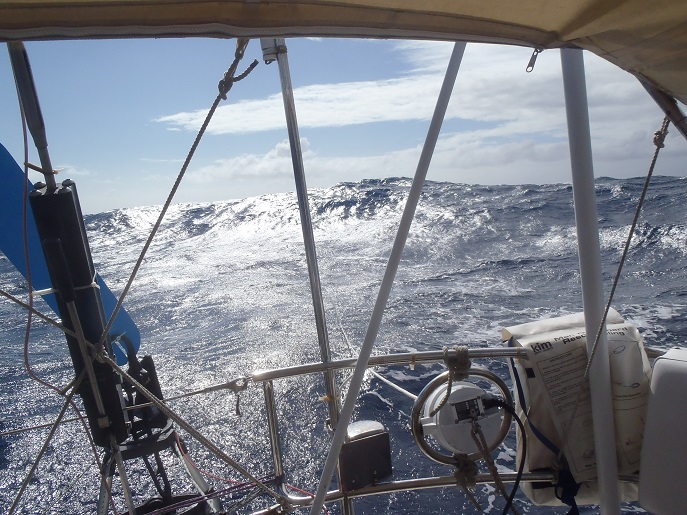
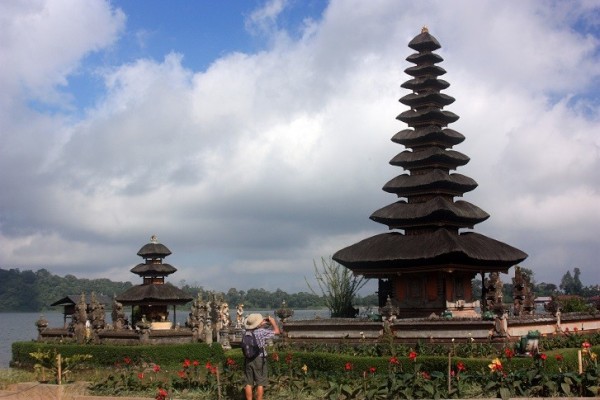
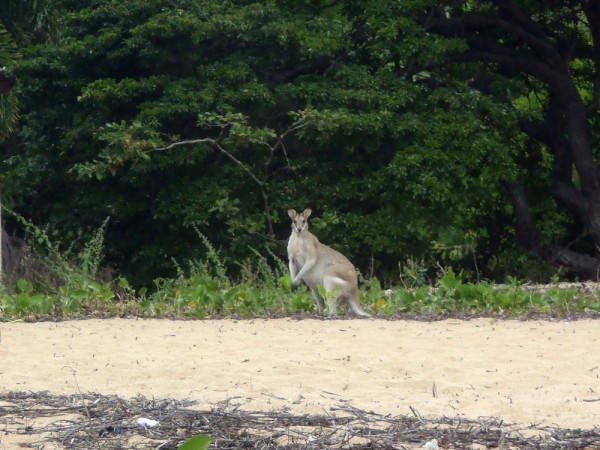
, Pentecost, Naghol (Land diving)a.jpg)
Amanda raising the Quarantine & New Zealand courtesy flagedit_edited-1 a.jpg)
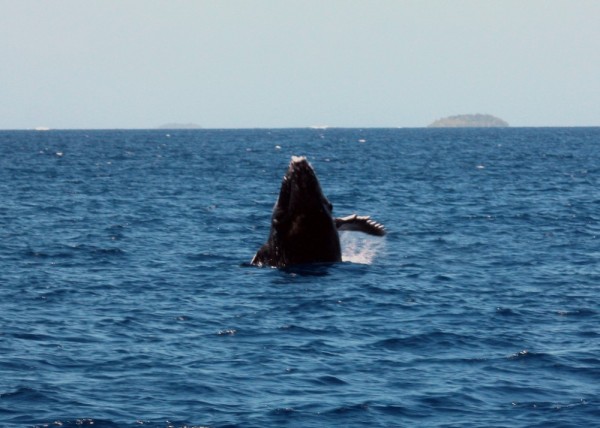
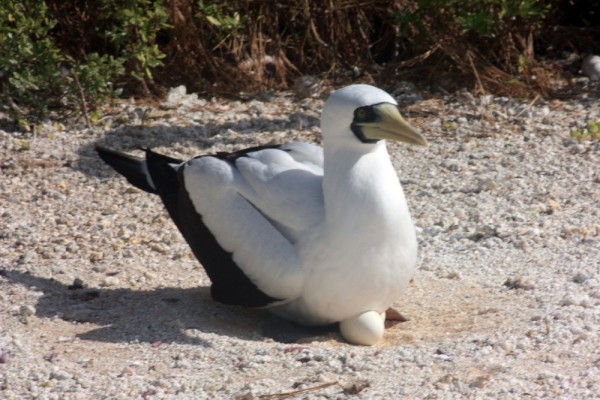
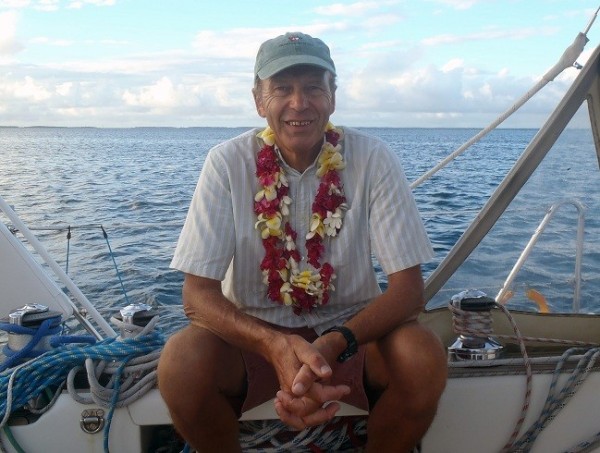
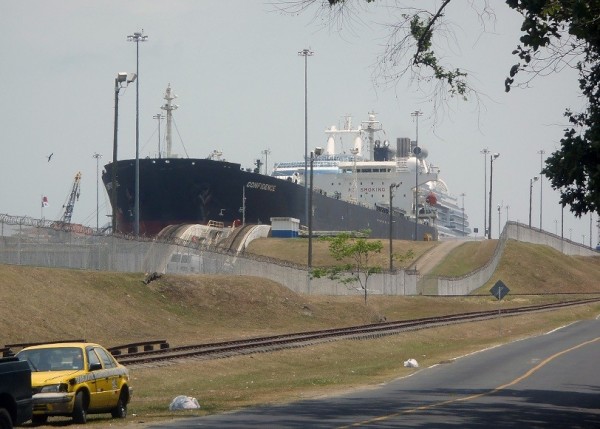
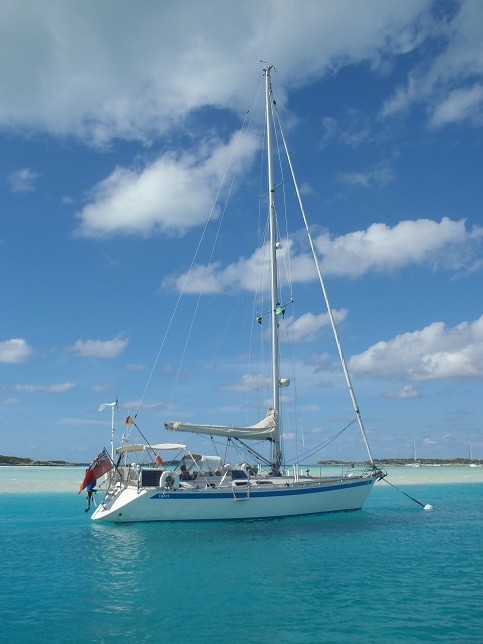
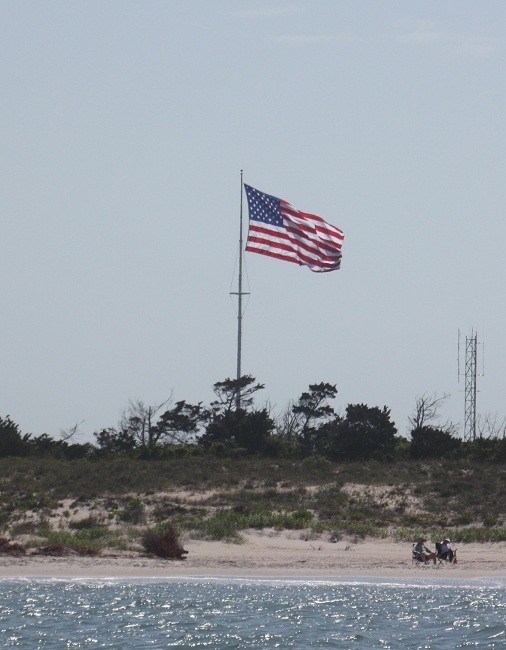
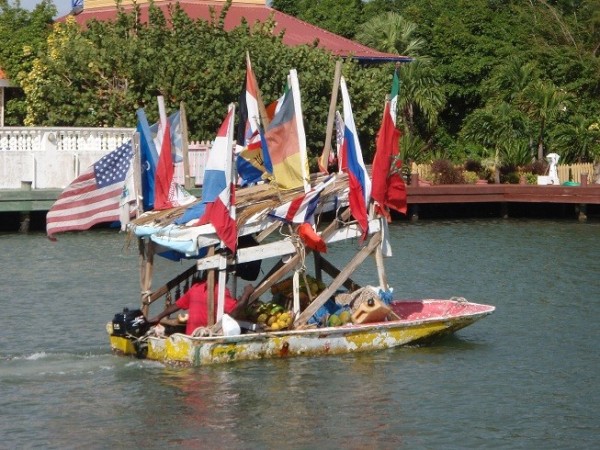
R.jpg)





